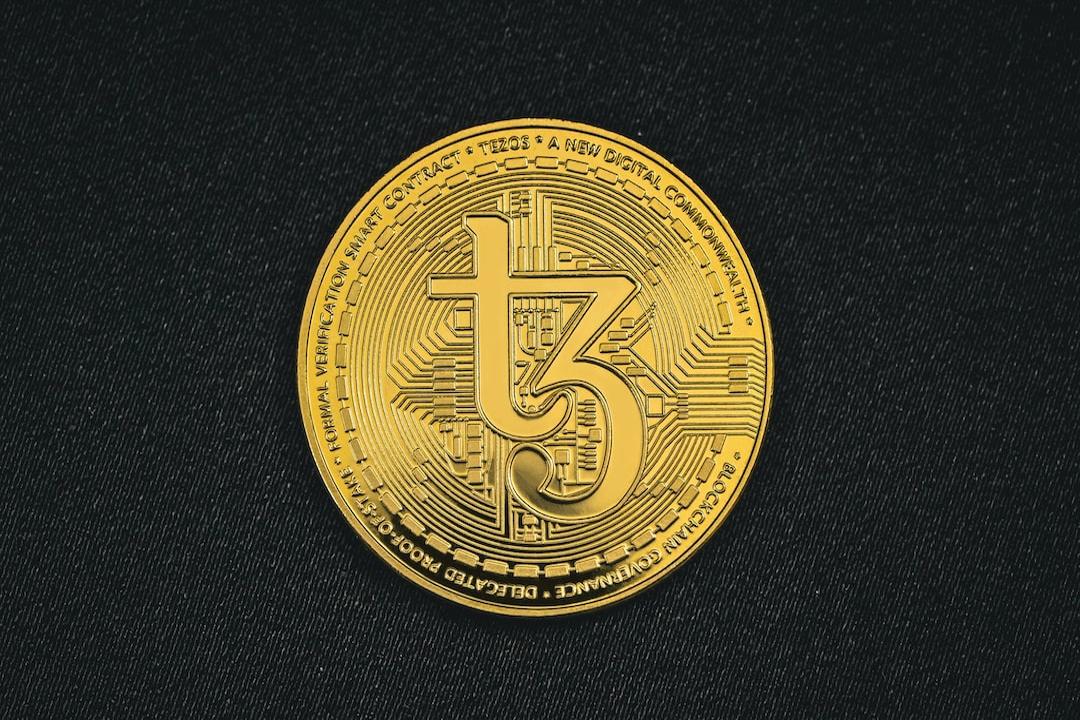Blockworks Research analyst boccaccio recently shared his views on the construction of Unichain, a Layer 2 network for Uniswap, on X. He believes that the launch of Unichain may continue to weaken liquidity providers (LPs) and Ethereum, and pose potential threats to other L2 solutions.
According to the current design framework, node operators need to stake UNI tokens on the Ethereum mainnet to become validators on the Uniswap Validation Network (UVN), and the active validators will be determined by a few participants with the highest UNI staking weight. boccaccio believes that the weight staking validation mechanism of UVN may result in a few individuals, such as Uniswap Labs in the worst case scenario or financial institutions in the best case scenario, controlling most of Unichain’s “Maximum Extractable Value (MEV)” and transaction fee rewards.
For Uniswap, the biggest challenge of launching Unichain is how to attract users to this new system when other L2 solutions, such as Base on Superchain, are already available. Currently, it seems that Uniswap’s goal is to ensure that Unichain has enough liquidity to make its exchange costs cheaper than other options (even considering cross-chain interoperability costs), with the long-term goal of making Unichain a liquidity layer.
boccaccio believes that Unichain may initially compete with other L2 solutions, especially Optimism on the Ethereum super-chain. However, Ethereum will still retain a significant amount of liquidity that is difficult to transfer to other networks. On the other hand, boccaccio also points out that Unichain may solve the long-standing discussion about the fee switch mechanism of Uniswap, and potential solutions may involve Uniswap allocating a portion of the MEV income to UNI token stakers on the Ethereum chain.
Finally, boccaccio emphasizes the significant impact of Unichain on asset issuance on Ethereum and L2. Although existing liquidity cannot be directly transferred, protocols, applications, and users may choose to issue tokens on the new Unichain. In this case, Unichain not only threatens the trading volume of Ethereum L1 and other L2s, but also affects the issuance of on-chain assets.
From the perspective of Unichain’s plan, it is a solution that significantly differs from the existing L2 ecosystem. If Unichain can successfully capture trading volume and distribute it to token holders and stakers, especially if it can facilitate cross-chain exchange and trading of ETH, WETH, USDC, and USDT, then it may succeed. Furthermore, if it can capture these cross-chain fees and return them to UNI token holders, it may even significantly alter the value proposition of UNI.

